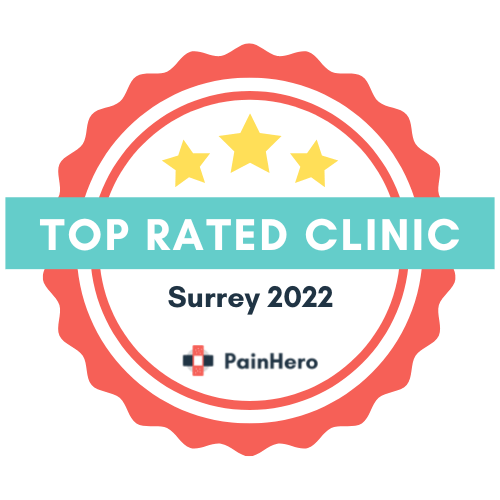Did you know that abdominal surgery is the most commonly performed surgery in Canada?
Abdominal surgery refers to both open and laparoscopic surgical procedures performed on front part of the torso, below the rib cage and above the pelvic inlet, which marks the top of the pelvic bowl where the bladder, rectum and genital organs reside.
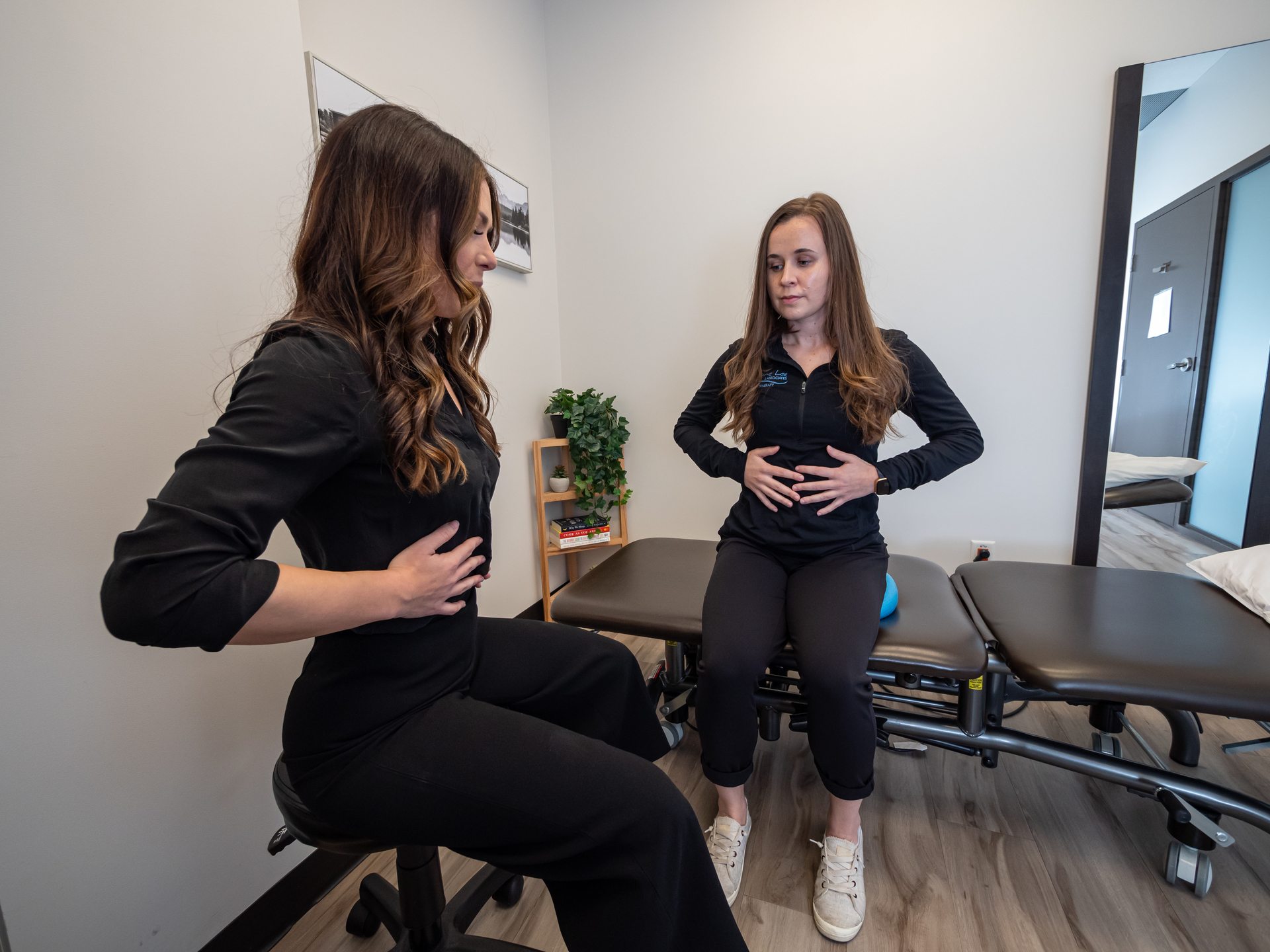
Many people recover well from various abdominal surgeries with no complications. Other people are not so fortunate and can suffer with abdominal pain, rib tightness, digestive discomfort or numbness and tingling in the skin of the abdominal area. As if these aren’t already enough on their own, these symptoms can make eating, lifting, breathing and otherwise using the abdominal area effectively very difficult.
What Can You Do?
Many people do not know where to go, or what to do with these very common post surgical phenomena. Often, from a surgical perspective people are told that their healing is complete and everything looks great, which can feel baffling and unaffirming to the person who is in pain or experiencing numbness. The body is incredibly complex and although the incision has no infection, the stitches have come out and the surgeon is thrilled with the result, the body often takes more time to accept and integrate the change that has been introduced by having an invasive surgical procedure. All surgeries are invasive to some degree and come with risks and benefits.
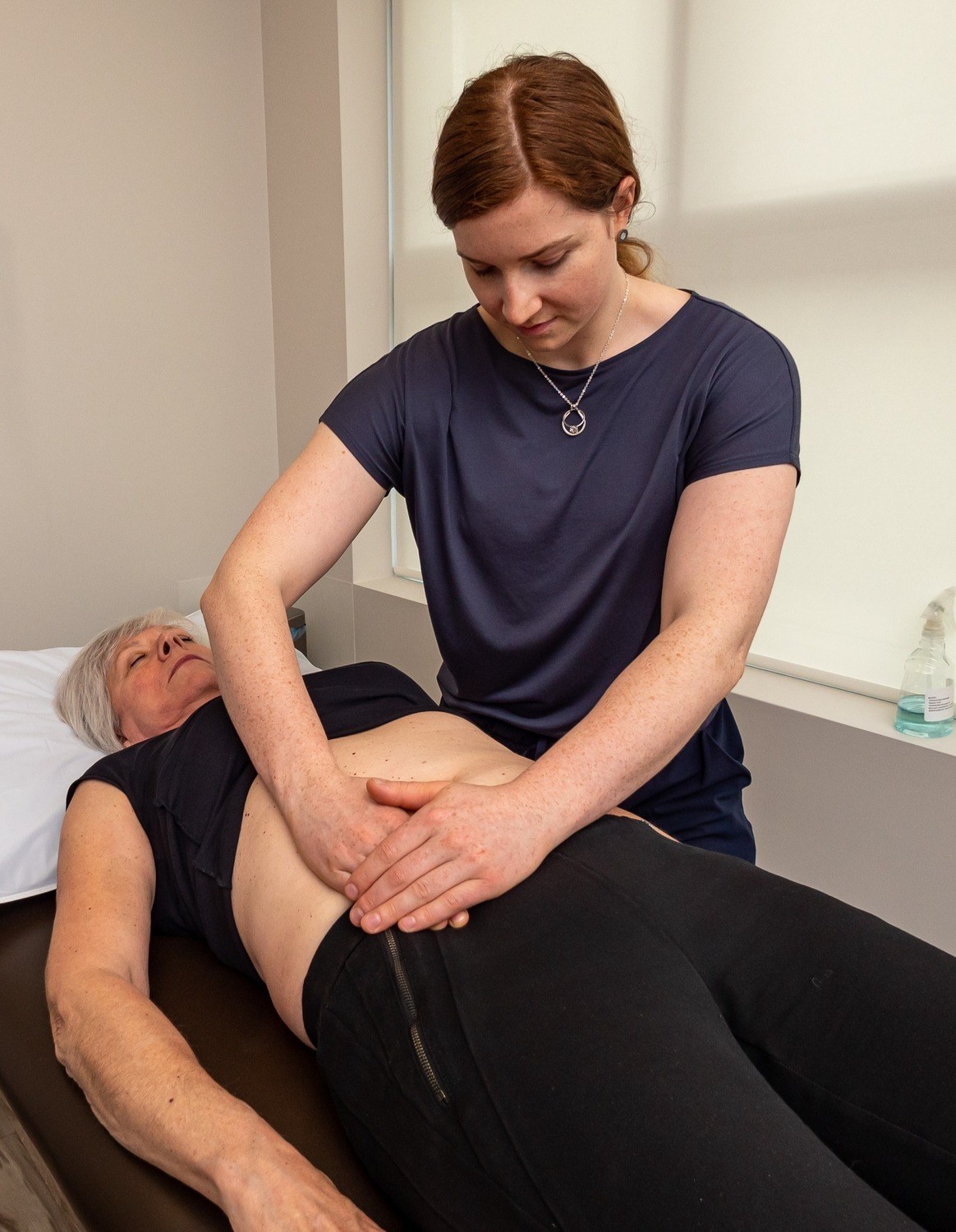
Types of Abdominal Surgeries
Abdominal surgery involves making incisions in the abdominal area to access the organs and structures inside the abdomen. Commonly, all or part of a structure is removed, while the neighboring attachments are cut and tied off or cauterized. At times only small areas are cut into to take a tissue sample for a biopsy or address a small, local cyst or adhesion. In other cases mesh, stitches, bands, staples or other foreign bodies are put into the abdomen for a specific purpose. There are many different types of abdominal surgeries and some of the most common include:
- Appendectomy: removal of the appendix
- Cholecystectomy: removal of the gallbladder
- Hernia repair: repair of a weak area in the abdominal wall that allows organs or tissue to bulge through
- Gastrointestinal surgery: surgery of the stomach and intestines
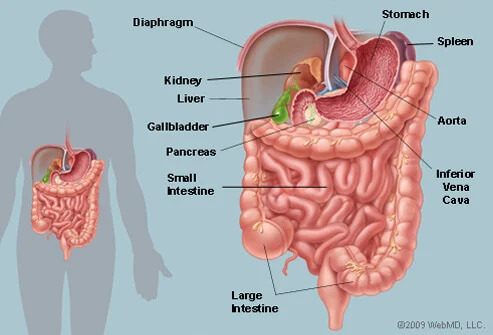
Abdominal surgery is typically done under general anesthesia, which means the patient is asleep and pain-free during the procedure. The surgery is usually performed through one or more incisions made in the abdomen. The incision may be closed with sutures or staples, and a surgical drain may be placed to remove any excess fluid.
Recovery Time
Recovery time after abdominal surgery varies depending on the type and complexity of the procedure, but it can take several weeks to several months to fully recover. Pain, fatigue and numbness are the most common side effects. In some cases, the patient may be required to make lifestyle changes, such as changing their diet or avoiding certain activities.

It’s important to follow the post-operative instructions given by the surgeon and to have regular follow-up appointments to ensure proper healing and to detect any complications early. Once cleared by the surgeon to resume all normal activities, private physiotherapy can be started.
Treatment Plan
At Diane Lee & Associates we do a thorough assessment of your medical history and a physical assessment of your posture and current function. With these findings, we work with you to create a comprehensive treatment plan (including but not limited to visceral manipulation, ultrasound imaging for motor control training of your abdominal muscles, dry needling (IMS) for both scars and muscle relaxation, movement training & exercises) to help you to at best get rid of, or at worst manage, any residual symptoms you have after surgery. We help you with goal setting and coach you towards returning to the pastimes you enjoy.
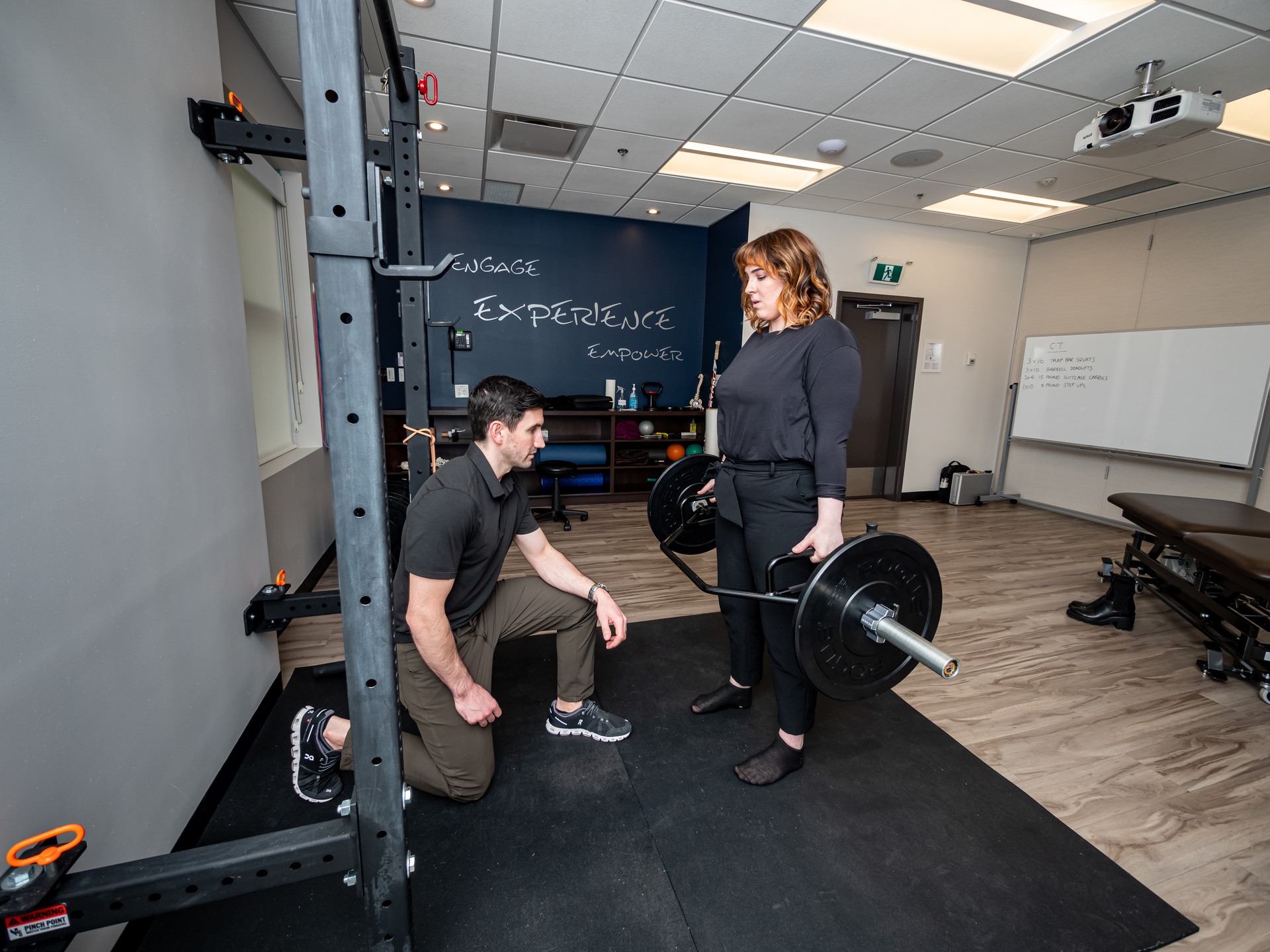
Our clinicians collaborate with your existing healthcare team to ensure your treatment plan is followed through. In the event that you need suggestions for who may be a good fit to add to your healthcare team, we have a broad network of excellent providers we regularly refer to. We look forward to meeting you and working with you after your abdominal surgery.




